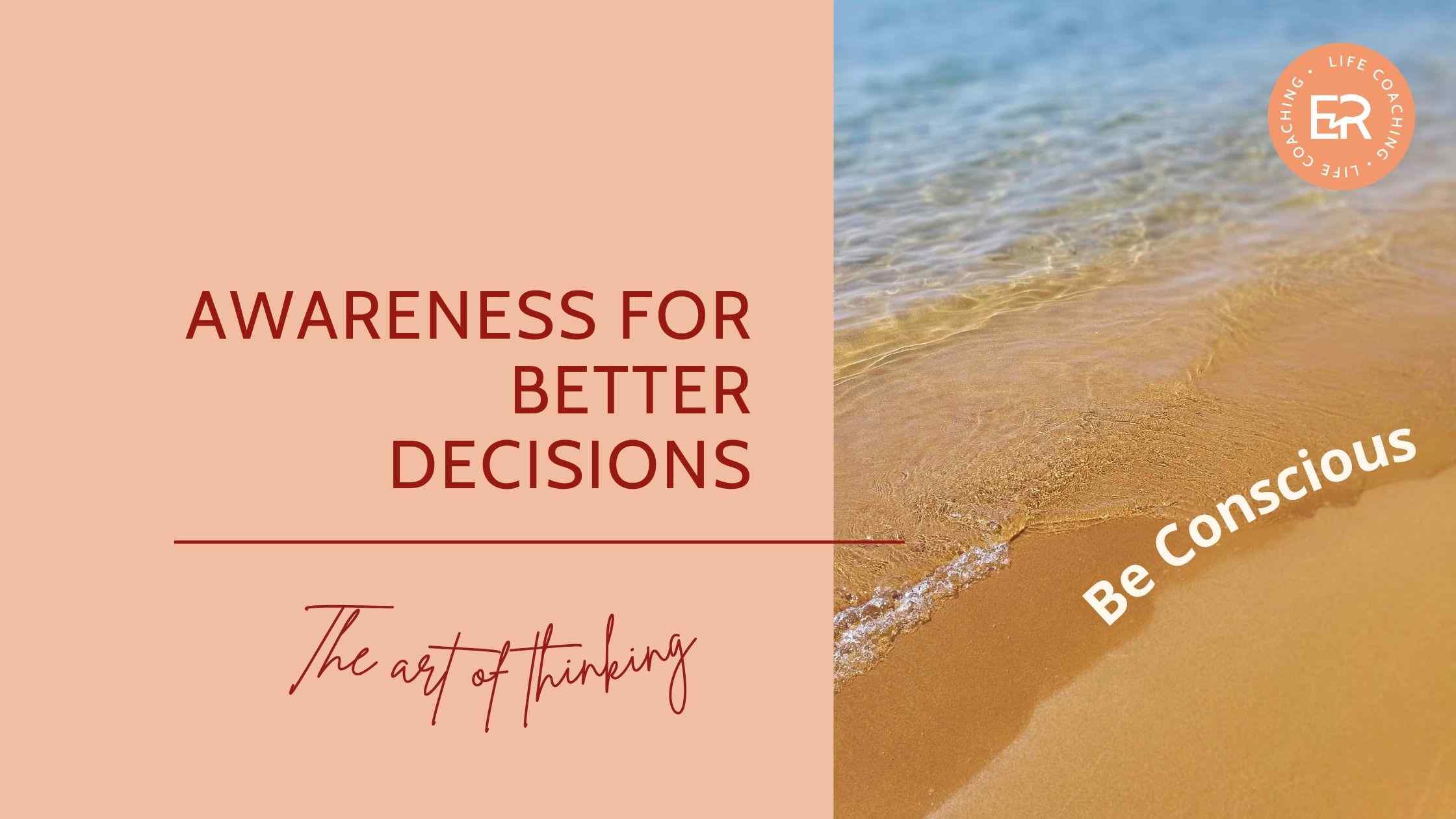
21 July 2025 Awareness of the thought process: 4 practical examples
Awareness of one's own thought process is not an innate gift for a few, but a competence that can be cultivated through curiosity, reflection and a willingness to embrace the discomfort and inconvenience that development invariably brings.
Coaching is an activity that helps one become aware of one's own thought process.
From conflict to clarity: practical examples in everyday life
Applying awareness of one's thought process in everyday life is the key to navigating complexity and making better decisions.
Here are some practical examples of how this awareness can be applied in everyday situations, both personal and professional.

Example 1. Awareness in a heated discussion or disagreement
Situation: You are in a heated discussion with a colleague, friend, or family member, and the tension is rising. You are stiffening in your position.
Application of thought process awareness:
- Stop for a moment. Instead of reacting impulsively, ask yourself: 'Why do I feel so reactive? What are my judgements about what the other person is saying? Am I interpreting his words as a personal attack or as a threat to my perspective?"
- Explore your certainties: "What are my 'absolute truths' on this subject? Are they really absolute or is there room for another interpretation?"
- Consider the other perspective: "Where might his position come from? What experiences or information lead him/her to see things this way, even if they do not agree?"
What it helps to do: This allows you to defuse the emotional reaction, listen more deeply and find common ground or, at least, better understand the disagreement, turning a potential quarrel into an opportunity for learning or compromise.
Example 2. Mental lucidity in approaching a complex problem at work
Situation: Your team must solve a challenging business problem, but the proposed solutions seem to lead to new headaches or fail to address the root of the issue.
Application of thought process awareness:
- Question the premises: Instead of jumping straight to solutions, ask the team: "What assumptions are we making about this problem? Are we only looking at the symptoms instead of the cause?"
- Broaden perspectives: "If we looked at this problem from a completely different point of view (e.g. that of a customer, a supplier, a competitor), what would we notice?"
- Recognise the limit of current knowledge: "Is there information we are ignoring because it does not fit our current narrative? Are we trying to force a known solution on a new problem?"
What it helps to do: It allows you to identify 'dead ends' in the team's reasoning, encourage lateral thinking and arrive at more innovative and lasting solutions, instead of continuing to use the same approaches that do not work.
Example 3. Thinking process in setting personal or professional goals
Situation: You are planning the next year for your career or personal life and feel the pressure to reach certain goals.
Application of thought process awareness:
- Investigate the motivation: "Why do I want to achieve this goal? Is it a genuine desire or is it influenced by the expectations of others (family, society, colleagues)? Am I trying to prove something to someone?"
- Evaluate flexibility: "What are my beliefs about success in this area? Are they open to redefinition or are they too rigid? What if the path is not as linear as I imagine?"
- Consider alternative scenarios: "What would happen if I did not achieve this goal? Could there be another way that is just as good or even better?"
What it helps to do: It helps you set more meaningful goals aligned with your true values, reducing the stress of 'having to be' and increasing the likelihood of a genuine sense of achievement.
Example 4. Observing thinking in a situation of blockage or frustration
Situation: You are working on a project or a problem and you feel completely stuck, with no way out, maybe even irritated.
Application of thought process awareness:
- Recognise the state of mind: "I am frustrated. This means that my current way of thinking is not enough. What am I holding as 'true' that is blocking me?"
- Question the context: "Am I framing the problem in too narrow a way? What if the 'problem' is not the problem itself, but the way I am conceptualising it?"
- Look for outside perspectives: "Who could see this situation in a completely different way? What would a child, an artist, or an engineer tell me about this?"
What it helps to do: It allows you to go beyond the blockage through new angles or approaches that were previously invisible, turning an obstacle into a creative opportunity and overcoming frustration.

Conclusions: how to achieve awareness of your thought process
The daily application of awareness of one's own thought process does not necessarily require major events or specific difficulties.
It is about training a mental muscle and strengthen it with constant practice, regularly asking questions such as:
- "Why am I thinking this?"
- "What are my beliefs here?"
- "What am I leaving out or ignoring?"
- "How could someone with a different perspective interpret this situation?"
This practice makes one more agile, resilient and able to navigate the complexities of life with a greater sense of possibility and wisdom.
Would you like to start integrating these questions into your daily routine?
Perhaps we could start a personalised coaching course that can help you achieve awareness of your thinking more easily.
GET IN TOUCHYou may also be interested in reading:
Self-awareness: what it is, how it develops and how it can help achieve well-being
